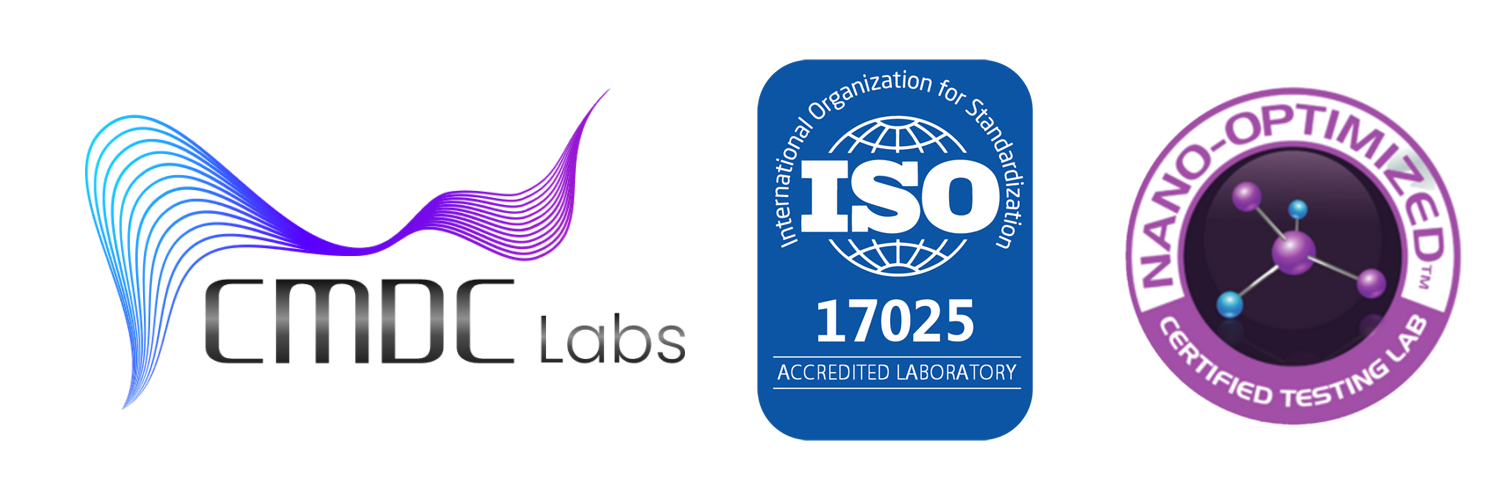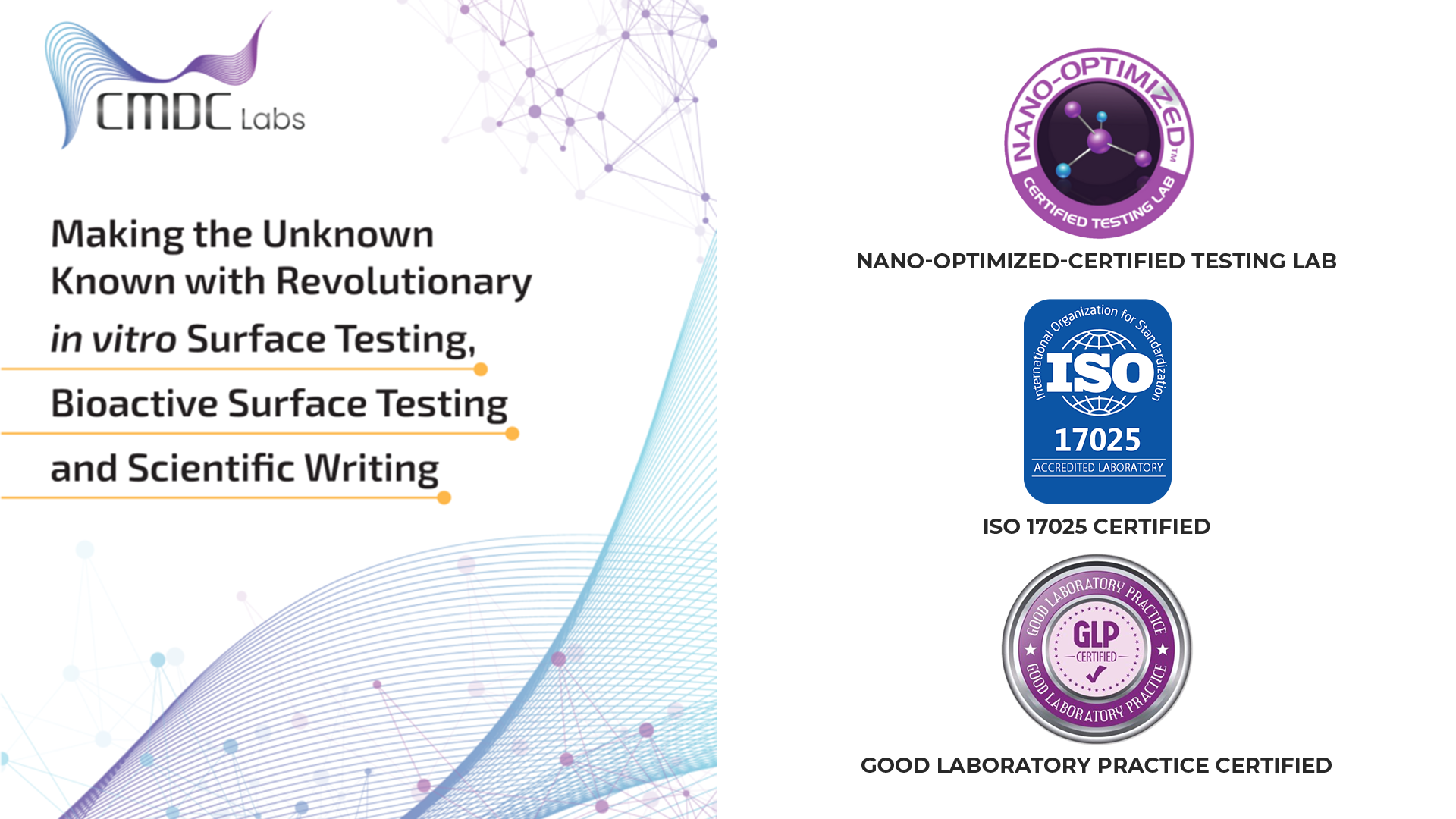Bioburden testing is an essential component in the manufacturing and quality assurance of medical devices, ensuring that products are free from harmful levels of microorganisms before sterilization. Adhering to ISO 11737-2 standards, CMDC Labs provides cutting-edge bioburden testing services that ensure the highest levels of accuracy and compliance. This article delves into the intricacies of bioburden testing and highlights how CMDC Labs leverages ISO 11737-2 to maintain excellence in this critical area.
Understanding ISO 11737-2
ISO 11737-2:2019 specifies the requirements and methods for determining the bioburden of medical devices. This standard provides guidelines on the validation and routine control of sterilization processes to ensure they are effective in reducing microbial contamination to acceptable levels. Key aspects of ISO 11737-2 include:
- Sample Collection and Handling: Guidelines for collecting and handling samples to prevent contamination and ensure accurate bioburden assessment.
- Selection of Culture Methods: Recommendations on culture methods that can recover a broad range of microorganisms present on medical devices.
- Validation and Verification: Requirements for validating and verifying bioburden testing methods to ensure they are suitable for their intended purpose.
Key Principles of ISO 11737-2
1. Sample Collection and Handling
ISO 11737-2 emphasizes the importance of proper sample collection and handling to prevent contamination or loss of microorganisms. This includes:
- Number of Samples: Specifying the number of samples needed to achieve statistical relevance.
- Sample Type: Ensuring samples are representative of the entire production lot.
- Storage and Transport: Defining conditions for storing and transporting samples to maintain their integrity.
2. Culture Methods
The standard provides guidelines on selecting appropriate culture methods to recover a wide range of microorganisms. This includes:
- Culture Media: Selecting media that supports the growth of diverse microorganisms.
- Incubation Conditions: Specifying incubation temperatures and durations to optimize microbial recovery.
3. Validation and Verification
ISO 11737-2 requires rigorous validation and verification of bioburden testing methods. This involves:
- Method Suitability: Demonstrating that the method can consistently recover microorganisms from the device.
- Regular Verification: Conducting routine checks to ensure the method remains effective over time.
Advanced Bioburden Testing at CMDC Labs
At CMDC Labs, we adhere to ISO 11737-2 standards to provide reliable and accurate bioburden testing services. Our approach includes:
1. State-of-the-Art Equipment
We utilize advanced analytical equipment to enhance the accuracy and efficiency of bioburden testing. This includes:
- Automated Plate Readers: Improving the accuracy and efficiency of colony counting.
- High-Precision Balances: Ensuring accurate measurement of samples for consistent results.
2. Expert Team
Our team of experienced microbiologists and lab technicians is well-versed in ISO 11737-2 methods. Their expertise ensures that our testing services meet the highest standards of accuracy and reliability.
- Continuous Training: Our team undergoes regular training to stay updated on the latest developments in bioburden testing.
- Collaborative Approach: We foster a collaborative environment where our experts work together to solve complex testing challenges.
3. Rigorous Quality Control
We implement stringent quality control measures to ensure the accuracy and reliability of our testing results. This includes:
- Proficiency Testing: Regular participation in proficiency testing programs to benchmark our methods against industry standards.
- Internal Audits: Conducting internal audits to continuously review and improve our testing processes.
The Benefits of ISO 11737-2 Compliance
Adhering to ISO 11737-2 offers several benefits:
- Regulatory Compliance: Ensures that medical devices meet national and international regulatory requirements.
- Product Safety: Protects patients from infections by ensuring devices are free from harmful levels of microorganisms.
- Quality Assurance: Maintains high standards of quality in the manufacturing process.
Challenges and Considerations
While ISO 11737-2 provides comprehensive guidelines for bioburden testing, several challenges can arise:
- Complex Device Designs: Devices with intricate designs or multiple components may require more sophisticated extraction methods to ensure accurate bioburden recovery.
- Variability in Microorganisms: Different types of microorganisms may respond differently to extraction and culturing methods, necessitating careful selection and validation of these methods.
- Environmental Controls: Maintaining a controlled environment during sample collection, handling, and testing is essential to prevent contamination and ensure accurate results.
Conclusion
At CMDC Labs, we understand the critical importance of bioburden testing in the medical device manufacturing process. By adhering to ISO 11737-2 standards, we ensure that our testing procedures are reliable, accurate, and compliant with regulatory requirements. This commitment to quality and safety helps our clients bring safe and effective medical devices to market, ultimately protecting patient health and wellbeing.
For more information on our bioburden testing services and how we can support your medical device development process, connect with us!
References
-
ISO 11737-2:2019. “Sterilization of health care products—Microbiological methods—Part 2: Tests of sterility performed in the definition, validation and maintenance of a sterilization process.”
-
FDA Guidelines on Sterility Testing.
-
European Medicines Agency (EMA) Standards on Medical Device Testing.

